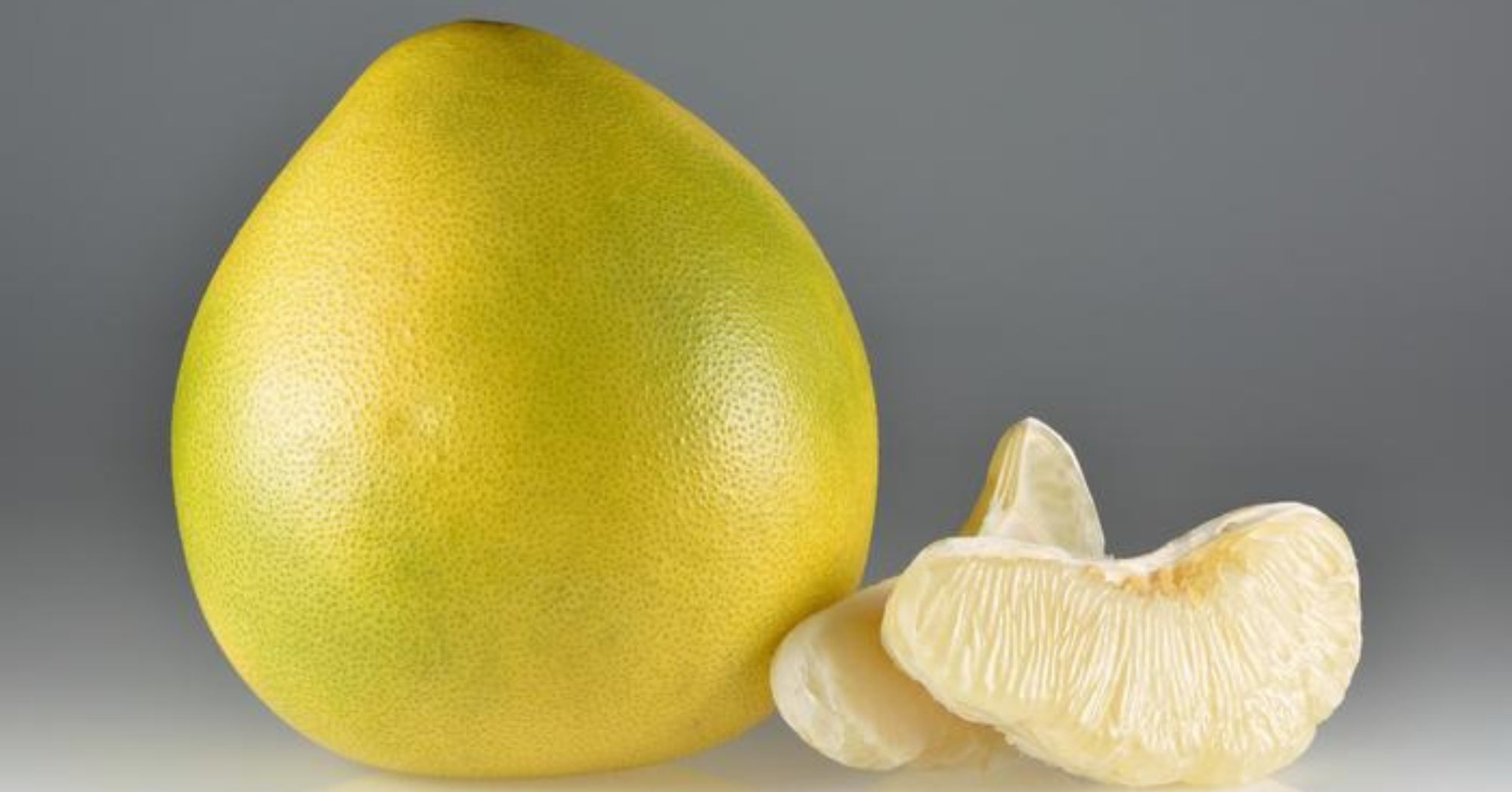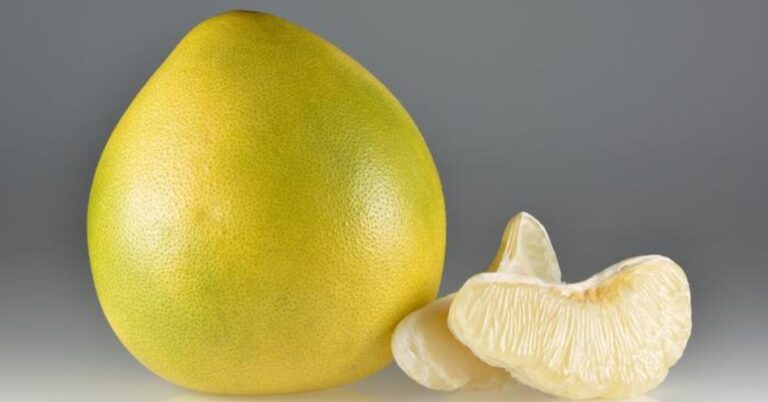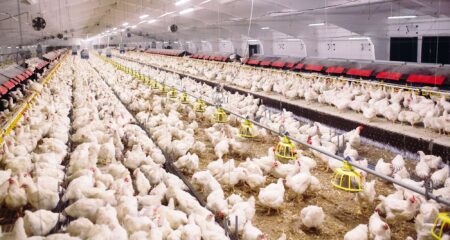Researchers led by Ken Shirasu at the RIKEN Center for Sustainable Resource Science in Japan have identified an ancient protein that has the potential to help defend plants against tens of thousands of different bacteria and other pathogens.
Dubbed “SCORE,” this receptor detects cold-shock protein — variations of which are found in more than 85 percent of known bacteria, as well as fungi and insects. Experiments published Sept. 4 in the journal Science revealed that simply swapping out key sections of SCORE with substitutes can predictably change the type of cold-shock protein, and thus pathogen, it recognizes. This strategy could be used engineer synthetic SCORE and provide plants, particularly crops and trees, with a means to defend themselves against whatever pathogens is plaguing them.
When flowering plants such as rice, wheat, olive trees, and bamboo become infected with pathogens, they are smaller and have less yield. Fortunately, plants have receptor proteins that recognize molecules from pathogens when the two fit together, triggering an immune response. Unfortunately, no immune receptor recognizes every current and future pathogens. However, recent research has shown that immune receptors specific to plants from one branch of the plant family tree, such as cabbages and broccoli, can be transferred to another lineage, like tomatoes and potatoes, giving them a defense that they don’t naturally have.
This sounds easy, but the reality is that of the hundreds of thousands of possible receptor-microbe pairs that exist in nature, to date, scientists have identified less than ten, and all in model species with well-known genomes. Without knowing which receptors recognize which microbes, not much can be done to improve conditions in the field. In their new study, Shirasu and his group at RIKEN CSRS focused on developing a strategy for identifying these pairs.
Starting with over 1,300 receptors from the genomes of 350 plant species, the researchers eventually identified an unknown immune receptor in the pomelo, a common citrus plant. A series of experiments revealed that this receptor reacts to some, but not all, cold-shock proteins. The researchers thus named it “Selective COld shock protein Receptor”, abbreviated as SCORE.

They determined that SCORE recognizes a small section of cold-shock proteins — called csp15 because it’s 15 amino acids long. Swapping out some of the csp15 amino acids with others changed which core-shock protein SCORE could recognize.
Detailed genome analysis showed that most pathogens, except viruses, produce at least one type of cold-shock protein. Comparing species, the team found that although most of the 15 amino acids in csp15 are conserved across species, locations 6, 7, 14, and 15 in the sequence vary tremendously. The researchers also found over 60 variations in SCORE that were specific to different plant lineages, and traced its origin to the last common ancestor of all flowering plants. This means that many of the plants that we use for food have variations of this immune receptor.
“This was a particularly unexpected finding,” explains co-author Yasuhiro Kodata. “The extensive natural variation in CSP recognition across SCORE orthologs from different plant lineages suggests that this kind of immune receptor has repeatedly evolved to fine-tune pathogen detection through specific amino acid substitutions.”
Analysis of all the different SCOREs revealed the specific locations in its amino acid sequence that vary from lineage to lineage, and based on the charge, it was possible to predict which csp15s a given SCORE can recognize. The next logical step was to take pomelo SCORE and engineer new versions that recognize different pathogens by swapping out the key sections with alternatives. For example, although natural pomelo SCORE does not recognize core-shock protein from Ralstonia, Erwinia, or Xanthomonas species of bacteria, the researchers synthesized a new SCORE version that reacts to all of these.
“In the short term,” says Shirasu, “this study provides a new framework for identifying and engineering immune receptors from non-model plants, especially long-lived perennials, for which genetic tools are limited.”
Added first author Bruno Pok Man Ngou, “Our next objective is to introduce engineered SCORE variants into economically important crop species in efforts to confer broad-spectrum resistance against pathogens and pests. This offers a sustainable approach to enhancing disease and pest resilience in agriculture and contributes to global food security.”


:max_bytes(150000):strip_icc()/IMG_1591-2048x1365-362687ca596f4814967abffff2b4be2c.jpg)
:max_bytes(150000):strip_icc()/SuccessfulFarmingShareImage-8fed6410b43147a19ed5ea1e3243227f.png)





:max_bytes(150000):strip_icc()/IMG_7575-ac6db3006a2145109bcc2df421c7a962.jpeg)

:max_bytes(150000):strip_icc()/Markets-3-Corn-up-3-19bdbeee0041452db8bce0a0f1c8b883.jpeg)